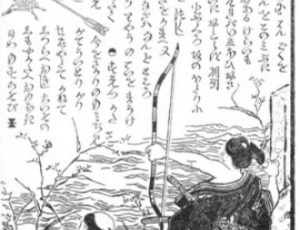publications
Challenges of Japanese Studies in 19th century Europe

In: Kyôritsu Joshi Daigaku sôgô bunka kenkyû kiyô [Bulletin of the center for humanities, Kyôritsu Women’s University], 1/2015, p. 153–176.
.
In 1870, the Swiss diplomat Aimé Humbert published “Le Japon Illustré,” an impactful book based on his political mission to Japan in 1863–64. Thanks to his status as a diplomat, Humbert was able to travel to places that had not been accessible to most foreigners yet. While the opening of Japanese harbor cities had made it possible to travel to and trade with Japan, it was a rare privilege for European Japanologists to visit Japan themselves. Even importing a few books from Japan was still a complicated and expensive task. Nevertheless, research in Japanese Studies developed quite significantly since the 1850s, building on even earlier advances in translating and reprinting sources in Japanese texts.
.
Such challenges, however, did not deter a small group of intellectuals, attracted by the mysterious remoteness of East Asian cultures. This paper, centered on four protagonists, locates a network of particularly resourceful self-made scholars within the European discourse of the mid-19th century. August Pfizmaier (1808–1887) of Vienna was the first to reproduce an entire Japanese novel combining movable Kana-type with lithography in 1847. With the radical-liberal diplomat Aimé Humbert (1819–1900), the anarchist globetrotter Léon Metchnikoff (1838–1888), and the misunderstood publisher François Turrettini (1845–1908), the Japanologists this paper introduces, reflect the cacophony of agendas and interests represented in the Orientalist discourse of the rapid development of Japanese Studies in the mid-nineteenth century.
